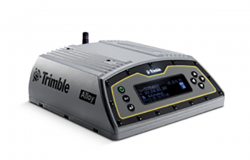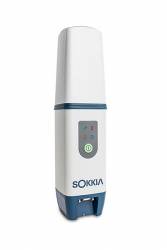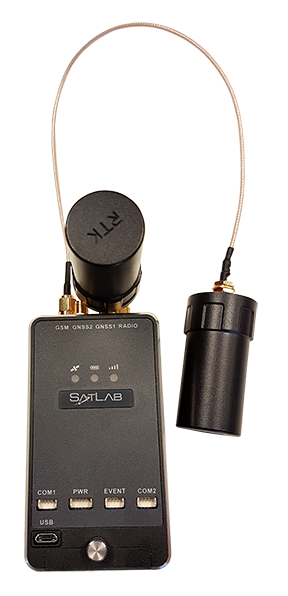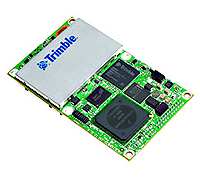Bynav (Hunan Bynav Technology Co., Ltd.), a supplier of GNSS high-precision receivers in China’s vehicle testing market, has released two commercial products: the C1 GNSS real-time kinematic (RTK) OEM receiver and A1 industrial-grade IMU-enhanced GNSS OEM receiver, based on its proprietary GNSS baseband ASIC Alita and RFIC Ripley.
The new product releases point up trends in the marketplace, where GNSS RTK technology, traditionally employed in surveying and mapping, has started to see adoption in emerging high-volume markets such as autonomous vehicles, V2X and robotics.
The C1 GNSS RTK OEM receiver board measures 46×71mm and supports dual-antenna heading and full-constellation, including GPS, BDS, Galileo, GLONASS, QZSS, NavIC and SBAS, with RTK position accuracy 1cm+1ppm RMS, according to the company. It provides interfaces such as UART serial port, Ethernet, 3 EVENT_IN, 3 EVENT_OUT, 1PPS, CAN bus for integration with external IMU, odometry, LiDAR or visual SLAM.
The A1 GNSS/INS OEM receiver, measuring 46×71mm and weighing 25g, is integrated with an industrial-grade IMU (gyro 2.7deg/hr) with an embedded deeply coupled GNSS+INS algorithm engine as well as tilt measurement algorithm to provide stable, high precision position and attitude even in the event of GNSS outages.
As a strategic partner of Duolun Technology, a Chinese vehicle-driver testing system integrator, thousands of drivers testing vehicles equipped with Bynav GNSS RTK receivers operAte around China on a daily basis.
Ying Long, deputy general manager of CIDI (Changsha Intelligent Driving Institute), a well-known autonomous driving company in China, commented, “We are committed to developing intelligent driving vehicles and commercializing them as soon as possible, in which the GNSS/INS receiver plays an important role to provide absolute position. That’s why I started work together with Bynav for a cost-effective and high-performance positioning solution. Currently Bynav’s GNSS/INS receivers have been used in our unmanned sweepers, self-driving trucks and other products. The A1 performance is comparable to other high-precision products we have used.”






